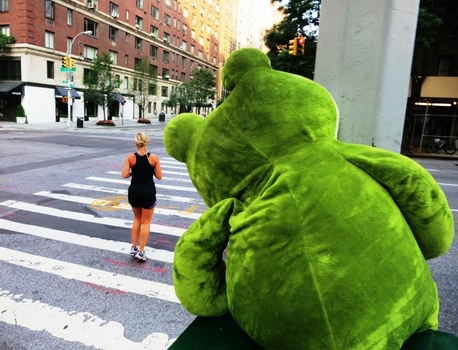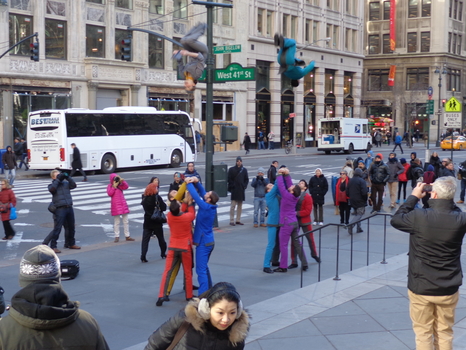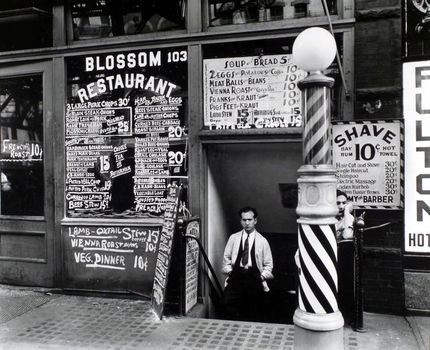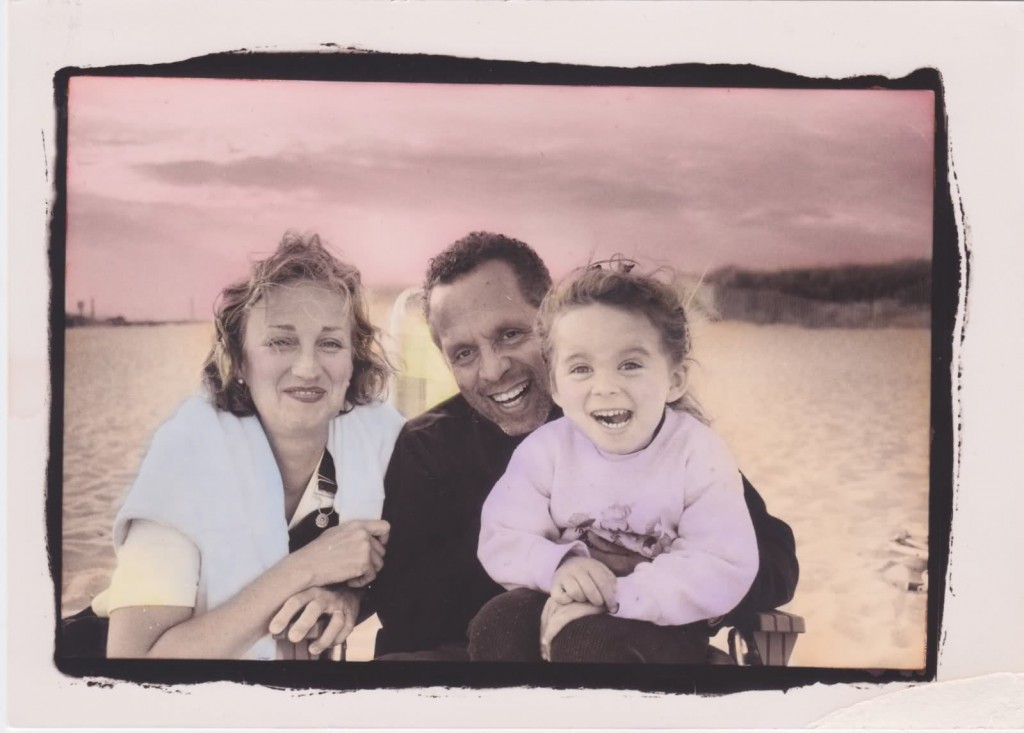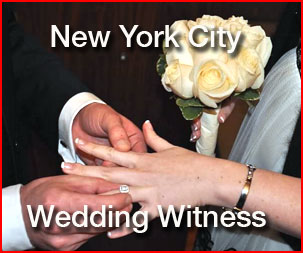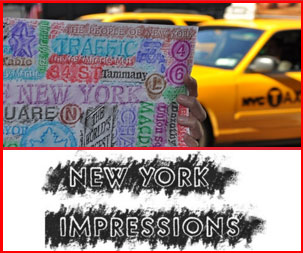Next Tuesday, August 14th, Garland Jeffreys—one of my songwriting heroes—will perform at City Stories: Stoops to Nuts at the Cornelia Street Cafe. It’s a family affair: Garland, Claire, and Savannah Jeffreys will take the stage along with Robert Conroy, one of my favorite artists from the Loser’s Lounge. Jeffreys is a New York City treasure. Please do yourself a favor and see the man up close next Tuesday at 6 PM.
Here is a bit I wrote about Jeffreys last year:
“Twenty-two stops to the city, twenty-two stops…” Garland Jeffreys’ voice kicks in and joins the drum’s anthem beat on “Coney Island Winter,” the terrific single from his critically acclaimed album The King of In Between, a lament and love letter to New York City. Brooklyn-born, Garland Jeffreys is a New York City storyteller who uses music to lay his story down. His introspective autobiographical songs effectively use New York as a character. Listen to “New York Skyline,” “Ghost Writer,” or “Mystery Kids.” You cannot separate him from the city, nor the city from him. Even when the city is not mentioned by name, you sense it in the words and tone of the characters, and it gives me faith in our town.
Jeffreys is a well-travelled man. He became internationally famous after his hit, “Matador” in the 1980s and still makes regular trips to Europe to perform and visit friends. He’s fluent in three languages. Yet his music reflects a yearning for New York that always brings him happily back home.
Jeffreys’ ethnic background is black, white, and Puerto Rican. He grew up (22 subway stops from the city) in Sheepshead Bay, a multi-cultural neighborhood where his was the only family of color in his local Catholic church. This racial diversity underscores and at times punctuates his music. Over coffee last year on 1st Avenue he told me that “growing up in that multi-national neighborhood in a large and loving extended family was a blessing. It readied me for the world. I’ve always mixed well with people.” I saw evidence of this when he warmly greeted the waitstaff with waves and a smile. It was easy to see why he counts Bruce Springsteen and Lou Reed as close friends. Garland is married to Claire Jeffreys, a writer and his business manager. Their talented daughter, Savannah, 15, pens her own music. Being there for his family is the central reason Garland’s been out of the musical limelight for several years. “I did not want to be on the road all the time; I wanted to watch my daughter grow up.” He also wondered whether or not he should re-engage with the business of making music. After a long period of retreat, he came to see that, in the end, performing was the most important facet of his musical identity. Little by little, performing led to a desire to get back to writing new material.
I developed arthritis in my early 20s, but still I ran to calm my nerves. Around the year 1980, my friend Jack turned me onto Jeffreys’ music, and his songs became staples on my running mix-tapes. I usually just picked music that kept my mind off the pain, but as I listened to Jeffreys’ songs over and over again, the thoughtful lyrics started getting through to me. They started making me think about things I’d been ignoring, like race. Growing up in Yorkville, I saw very few Blacks or Hispanics. At LaSalle Academy and Hunter College, I had class with Blacks and Hispanics but had little social contact. Though prejudice wasn’t flagrant in my family, the subtleties were there, mostly fed by fear of the unknown. Hearing Jefferys’ stories, seeing the city through his eyes, visualizing his “Racial Repertoire,” gave me the desire to engage in other cultures and consider the race issue from both sides. This readied me for my work in city government.
In June 1992, I drove my brother, Rory, upstate to a rehab program, and not for the first time. Rory and I tried hard to become closer as brothers, but we couldn’t make it work. I loved Rory, but I didn’t know him. I was also having my own problems and about to change jobs. I returned to New York City miserable. The next day, I read Garland Jeffreys was giving a free concert at Summerstage in Central Park. I felt low and almost didn’t go. But that morning, June 20th, was Rory’s birthday, and he and I had always shared an affection for Jeffreys’ music. Plus, I had never seen him live.
Garland played for two hours. The cops were dancing by the third song. It was a gorgeous day, and the fans made the dust whirl in the air for the whole show. I wrote my first story when I was 49, eight years ago. The seed for that story was planted in Central Park at that show.
 Thomas Pryor has been featured on A Prairie Home Companion and This American Life, and his work has appeared in the New York Times. He curates City Stories: Stoops to Nuts, a storytelling show at the Cornelia Street Café on the second Tuesday of the month (next one August 14th). Check out his blog Yorkville: Stoops to Nuts.
Thomas Pryor has been featured on A Prairie Home Companion and This American Life, and his work has appeared in the New York Times. He curates City Stories: Stoops to Nuts, a storytelling show at the Cornelia Street Café on the second Tuesday of the month (next one August 14th). Check out his blog Yorkville: Stoops to Nuts.


